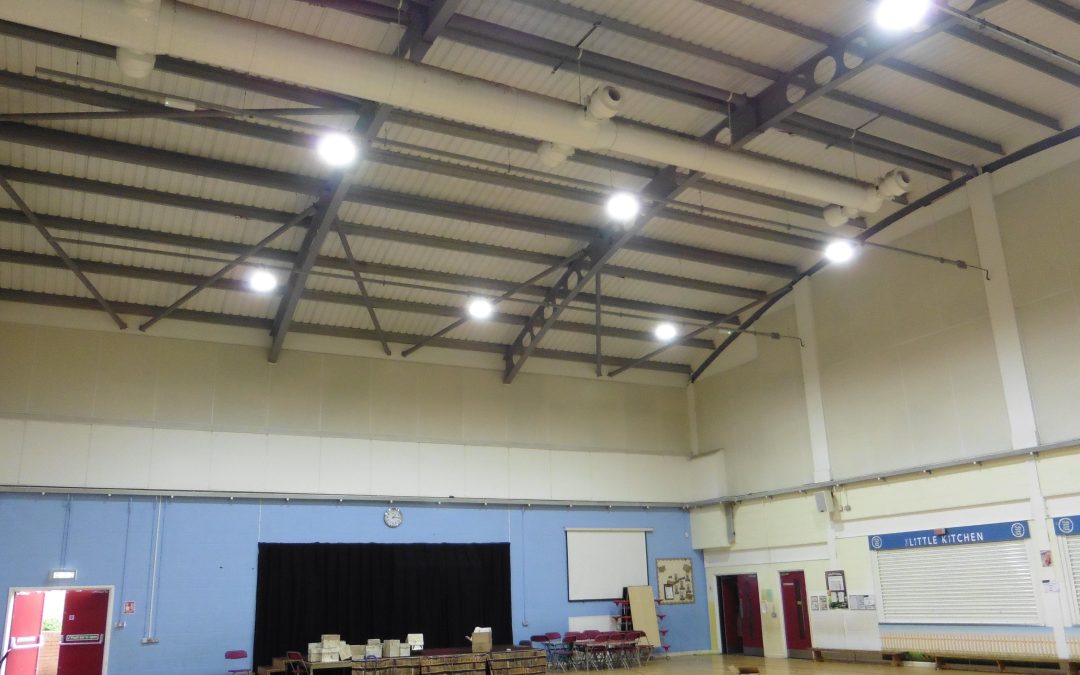Whilst many companies have swapped their lights for LED lights on a one for one basis, many save very little in energy and often have an increased replacement rate due to failures, why is this?
This transition needs careful planning and advice from a professional lighting engineer to access these important considerations below:
- Differences in lighting characteristics: The technical differences between LED, fluorescent, and incandescent lights can have a significant impact on the end result. Simply swapping out one-for-one can lead to over-lighting or under-lighting, which can negatively impact employee comfort and productivity.
- Appropriate technology selection: Choosing the right LED technology for the application is crucial. Production areas, for example, may require different lighting solutions compared to office spaces, and a failure to match the technology to the use case can result in suboptimal outcomes.
- Holistic lighting design: Effective LED implementation should involve a comprehensive lighting design that considers factors such as lumen output, colour temperature, beam angle, and placement to ensure even, appropriate lighting levels throughout the space.
The video you attached sounds like a useful illustration of how you’ve approached this challenge. I would be interested in learning more about the specific strategies and techniques you’ve employed to help your clients achieve successful LED transitions.
https://www.youtube.com/watch?v=MkHkUi45-xE
Using a consultant with a data-driven approach to LED lighting upgrades, rather than a simple one-for-one replacement. This ensures that both lighting levels are correct and the sustainability of the lights to last for 10 years plus.
